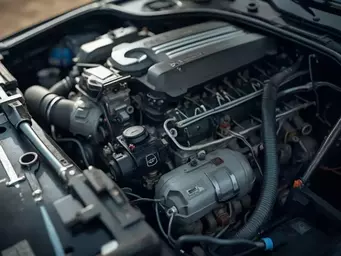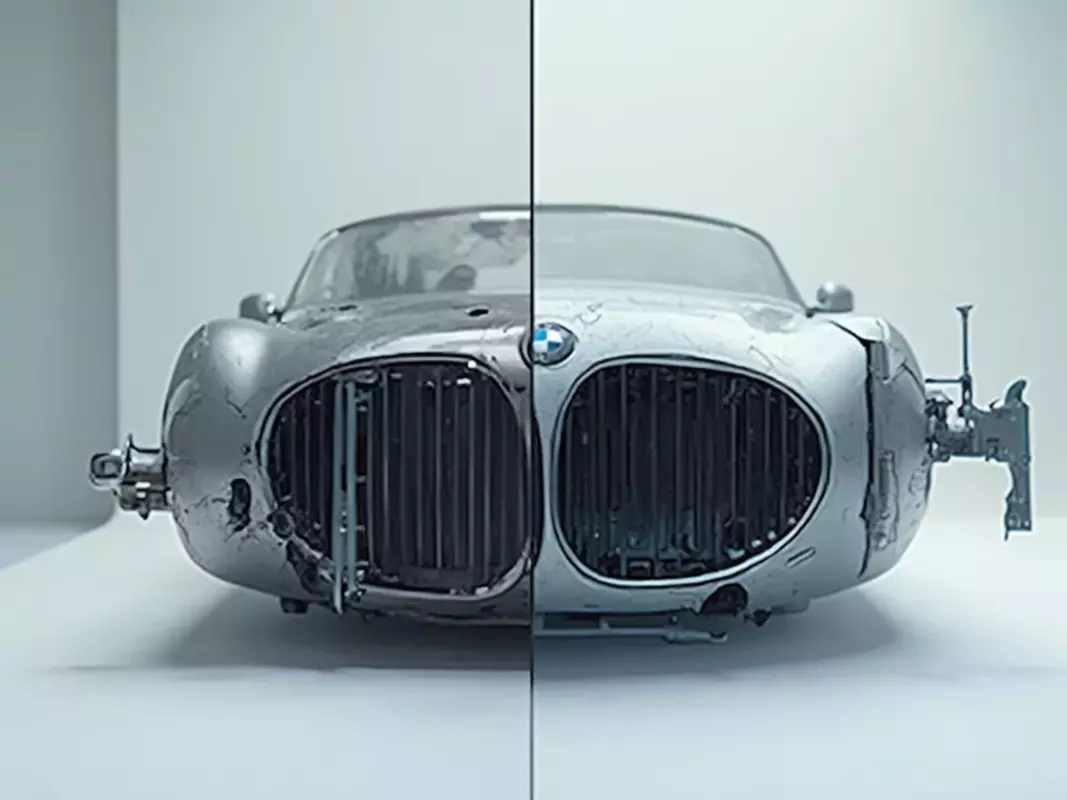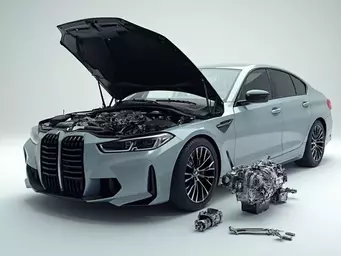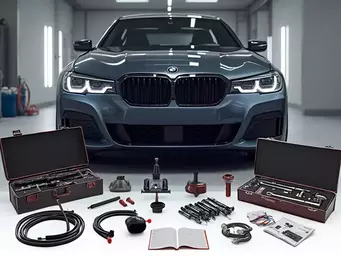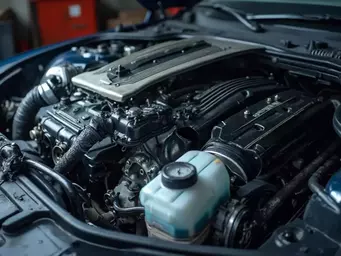Diagnosing BMW Electrical Issues Guide
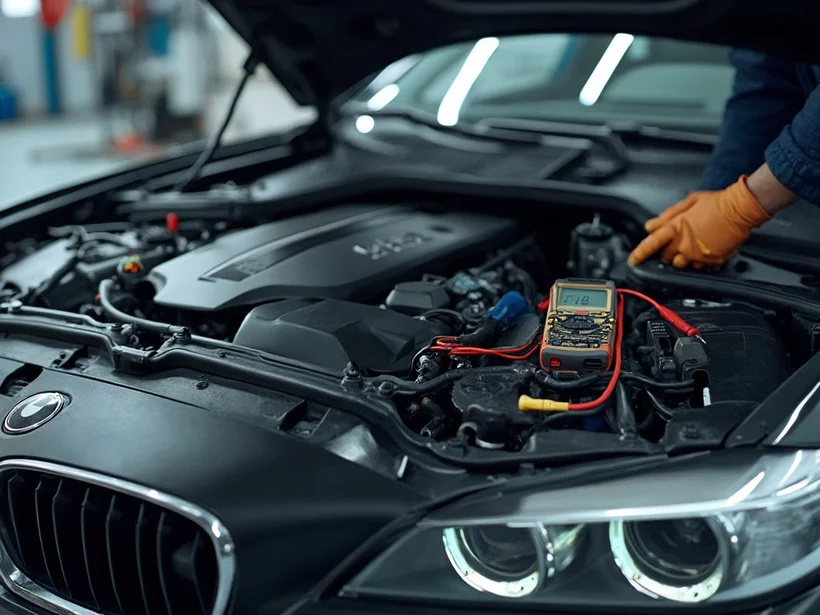
As the owner of a BMW, have you ever faced an unexpected electrical issue that left you scratching your head? Understanding the common electrical problems in your vehicle is essential for maintaining its performance and longevity. Below, we delve into key insights that every BMW owner should know.
What You Will Learn
- Recognize early signs of electrical problems, such as dim headlights and unresponsive electronics.
- Understand the importance of error codes and how to use an OBD-II scanner for diagnostics.
- Learn about the critical roles of the battery, alternator, and voltage regulator in your BMW's electrical system.
- Equip yourself with essential diagnostic tools like a multimeter and circuit tester for effective troubleshooting.
- Implement regular maintenance practices to ensure the longevity of your BMW's electrical systems.
Common BMW Electrical Components and Diagnostic Steps
Understanding key components and diagnostic tools can empower BMW owners to tackle electrical issues effectively.
Battery & Alternator: Power Duo
Battery: Stores energy for starting engine & accessories.
Alternator: Recharges battery and powers systems when engine runs.
Voltage Regulator: Steady Power
Ensures stable electrical output from the alternator. Prevents over or undercharging.
OBD-II Scanner: Error Code Reader
Accesses diagnostic trouble codes (DTCs) to pinpoint electrical issues.
Multimeter: Voltage & Continuity
Tests voltage, current, and resistance to check component functionality.
Understanding Common Electrical Issues in BMWs
As a dedicated BMW enthusiast, I often encounter electrical issues that can leave owners puzzled. Understanding these problems is crucial for maintaining your vehicle’s performance and safety. Let’s dive into some common electrical challenges BMW owners face and how to recognize them.
Identifying the Signs of Electrical Problems
Electrical issues in BMWs can manifest in various ways. Recognizing the signs early can save you time and money. Here are some of the most common symptoms:
- Dim or flickering headlights
- Unresponsive electronics (like power windows or locks)
- Battery warning lights on the dashboard
- Strange clicking sounds when starting the engine
If you notice any of these symptoms, it’s crucial to address them promptly. Ignoring these signs can lead to more severe issues down the line, impacting both your driving experience and your vehicle's longevity.
Common Symptoms of BMW Electrical Issues
When your BMW’s electrical system is failing, you might also experience issues with your infotainment system or dashboard displays. This could include:
- Screen freezing or glitching
- Inconsistent navigation system performance
- Audio system malfunctions
These problems can be frustrating, especially if you rely on these features for everyday driving. Understanding the root cause can help you get back on the road with confidence!
Understanding Error Codes and Their Meanings
BMWs are equipped with sophisticated diagnostic systems that can provide error codes when something goes wrong. Using an OBD-II scanner can help you decipher these codes. Common codes related to electrical issues might include:
- P0016: Crankshaft/Camshaft Position Correlation
- P0300: Random/Multiple Cylinder Misfire
- P0606: PCM Processor Fault
These codes give you a starting point for diagnosing electrical problems. For a deeper understanding of BMW diagnostics, you can refer to BMW Technical Training Documents on Diagnostics. I often recommend checking forums and guides to understand what these codes mean and what actions to take next.
Exploring Common BMW Electrical Components and Their Functions
Understanding the key components of your BMW’s electrical system can empower you as an owner. Two essential components are the battery and alternator, which work together to power your vehicle.
How the Battery and Alternator Work Together
The battery serves as the heart of your BMW's electrical system, storing energy for starting the engine and powering electrical accessories. When the engine is running, the alternator takes over, generating electricity to recharge the battery and power the vehicle's systems. If either component fails, you could face starting issues or electrical malfunctions.
Understanding the Role of the Voltage Regulator in BMW Systems
The voltage regulator is another crucial part of your BMW's electrical system. It ensures that the electrical output from the alternator remains steady and doesn’t exceed the voltage needed for your vehicle. A failing voltage regulator can lead to overcharging the battery or undercharging it, which can cause premature battery failure. Keeping an eye on this component can help you avoid unexpected breakdowns!
Frequently Asked Questions (FAQs)
What are the early signs of electrical problems in a BMW?
Early signs include dim or flickering headlights, unresponsive electronics (like power windows or locks), battery warning lights on the dashboard, and strange clicking sounds when starting the engine.
How can an OBD-II scanner help with BMW electrical diagnostics?
An OBD-II scanner reads diagnostic trouble codes (DTCs) generated by your BMW's sophisticated diagnostic systems. These codes pinpoint specific electrical issues, providing a starting point for troubleshooting.
What is the function of the voltage regulator in a BMW?
The voltage regulator ensures a stable electrical output from the alternator, preventing overcharging or undercharging of the battery, which can lead to premature battery failure and other electrical problems.
What tools are essential for diagnosing BMW electrical issues?
Essential tools include an OBD-II scanner for reading error codes, a multimeter for testing voltage and continuity, and a circuit tester for checking power and ground connections.
Why is regular maintenance important for a BMW's electrical system?
Regular maintenance, including visual inspections and periodic use of diagnostic tools, can prevent minor electrical issues from escalating into major problems, ensuring the longevity and optimal performance of your vehicle.
We Want to Hear From You!
What do you think about handling electrical issues in your BMW? Share your experiences or any tips you have for fellow enthusiasts in the comments below!
Summarizing Your Approach to BMW Electrical Issues
As BMW owners, it’s essential to understand how to tackle electrical issues effectively. A solid approach can save you time and hassle, ensuring your vehicle runs smoothly. Let’s recap the key diagnostic steps and tools that can help you in this journey!
Recap of Key Diagnostic Steps and Tools
When diagnosing BMW electrical problems, a systematic approach makes all the difference. Here’s a quick rundown of essential steps and tools you should have:
- Visual Inspection: Always start by checking for visible signs of wear, frayed wires, or blown fuses.
- OBD-II Scanner: This tool is fantastic for quickly accessing error codes that can pinpoint issues.
- Multimeter: A must-have for testing voltage and continuity to ensure components are functioning correctly.
- Circuit Tester: Use this to check for power and ground connections throughout the electrical system.
Having these tools handy not only aids in troubleshooting but also boosts your confidence in handling issues as they arise. Remember, a well-equipped toolbox is the best friend of a BMW owner! For more advanced vehicle diagnosis, consider exploring resources like the BMW Advanced Vehicle Diagnosis documentation.
Importance of Regular Maintenance for Long-Term Health
Just like any luxury vehicle, maintaining your BMW's electrical system is crucial for its longevity. Regular checks can prevent minor issues from becoming major headaches down the road. Here are some practices to keep your electrical systems in top shape:
- Set a regular inspection schedule to check electrical components.
- Keep an eye on battery health and connections.
- Ensure that all connections are secure and well-grounded to prevent short circuits.
- Utilize advanced diagnostic tools periodically to catch emerging issues early.
By integrating these practices into your routine, you’ll not only enhance performance but also enjoy a smoother driving experience. What regular maintenance tips do you swear by? I'd love to hear your insights!
Taking Action: Next Steps for BMW Owners
Now that you have a solid understanding of diagnosing and maintaining your BMW’s electrical system, it’s time to take action! Let’s dive into some practical steps you can take to further support your BMW ownership experience.
Downloadable Checklist for BMW Electrical Troubleshooting
To make your troubleshooting even easier, I’ve created a handy downloadable checklist. This resource is packed with all the diagnostic steps and tools you’ll need. You can access it on our website and keep it in your glove compartment for quick reference!
Engaging with Community Resources for Ongoing Support
Don't overlook the power of community! Engaging with fellow BMW enthusiasts can provide you with invaluable insights and tips. Join forums, local clubs, and even social media groups where you can share experiences and ask questions. You’ll be amazed at how much knowledge is out there!
Utilizing BMW Service Manuals and Forums for Expert Advice
Lastly, don’t forget to tap into the wealth of resources available in BMW service manuals and online forums. These tools are filled with expert advice tailored specifically for your model. For general information on BMW's technology and innovation, Wikipedia offers a good overview. Whether you're troubleshooting a specific issue or looking for general maintenance tips, these resources are gold!
With the right tools, community support, and maintenance practices, you can confidently handle any electrical issues that may come your way. Happy driving, and remember, I’m here to help you keep your BMW in its best shape!
Recap of Key Points
Here is a quick recap of the important points discussed in the article:
- Recognize early signs of electrical issues such as dim headlights and unresponsive electronics.
- Use an OBD-II scanner to decode error codes for accurate diagnostics.
- Conduct regular visual inspections to identify worn components and connections.
- Employ essential tools like a multimeter and circuit tester for effective troubleshooting.
- Maintain a regular inspection schedule to ensure the longevity of your BMW's electrical system.

